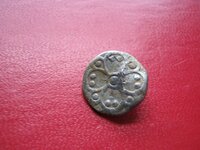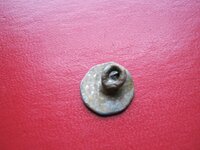johnnyblaze
Silver Member
- Dec 20, 2010
- 3,208
- 1,751
- 🥇 Banner finds
- 2
- Detector(s) used
- T2 SPECIAL EDITION
- Primary Interest:
- Other
Found this at my favorite site of 2010 dating back to the 1600's.
Could this be from the earlier days brought over from england..
It is silver..
John
Could this be from the earlier days brought over from england..
It is silver..
John









